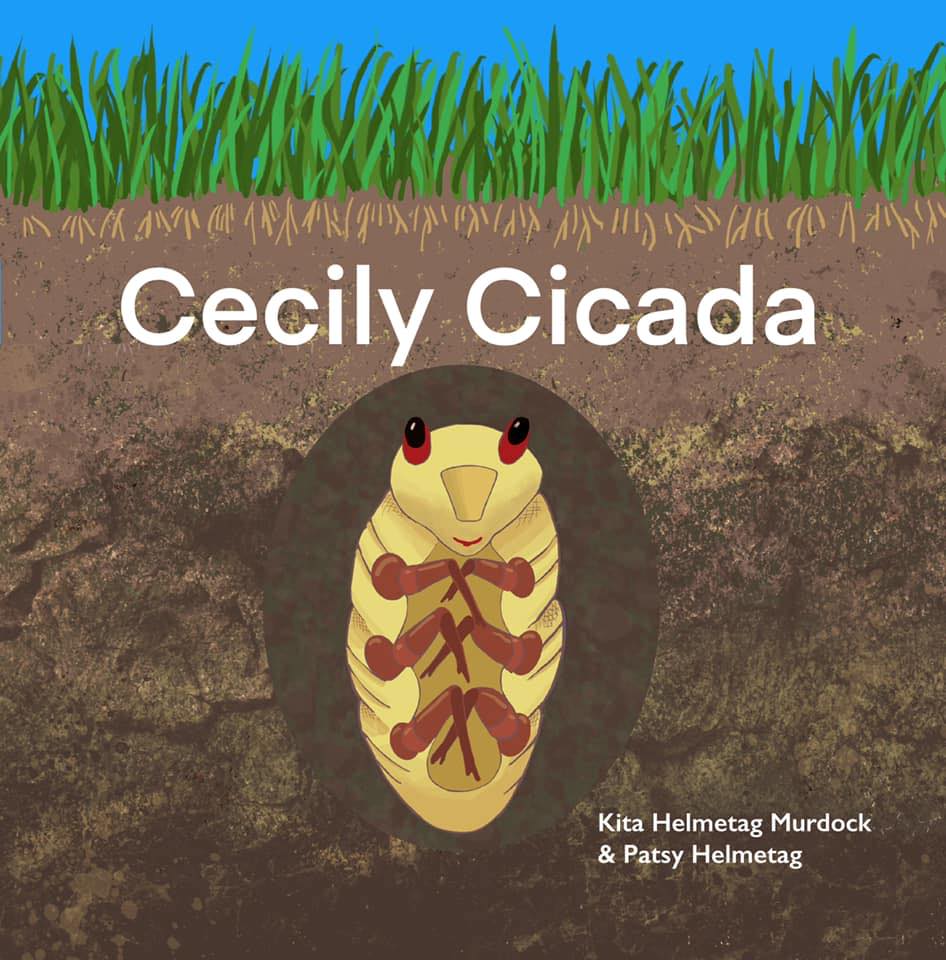All the Buzz about Cicadas
There are annual cicadas that are part of the summer symphony, but by now, you’ve probably heard about the convergence of two broods of periodical cicadas that will appear out of undisturbed ground simultaneously. This hasn’t happened since 1803 and we are talking about biblical swarms of these insects! Entomologists still don’t know how they accomplish this feat in sync every 13 or 17 years. How do they keep track of time?
The largest concentrations will be in the Midwest and Southeast. We haven’t seen them in Atlanta, so my sister sent me photos from St. Louis. Go here for resources about cicadas from the Smithsonian.
Cicada adults only live for a few weeks, but in that precious time, eggs are laid in slits of trees that are made with the female’s ovipositor. The nymphs will hatch within ten weeks, drop to the ground, tunnel into the soil, and the cycle will continue. Have you ever noticed how many cycles there are in nature?
Check out this new book about cicadas. Go to the author’s site (which includes a book trailer) here.

Other Cicada Books:


Cicadas aren’t harmful; in fact, they are beneficial to ecosystems. They are an excellent food source for wildlife, their tunneling aerates the soil, and the decomposing bodies are a natural fertilizer. Cicadas don’t sting, transmit disease, and cause minor (if any) damage to plants.
Related Posts
Are Bugs Insects? (Includes more book links and an informative video about cicadas.)


